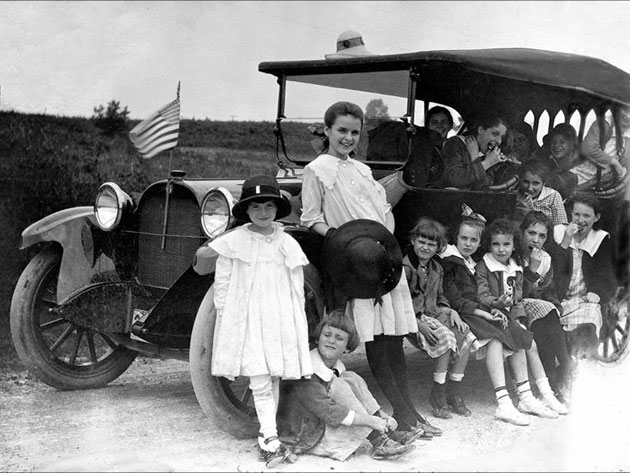
As recently as a century ago, most anyone or any group who was so inclined could open a school. They were free to call it an academy, an institute, or a college, as they saw fit, shape the curriculum according to their best perceptions of what some local or regional constituency might need or want, and try to make a go of it. But by 1914, when the State Superintendent of Instruction, Barksdale Hamlett, wrote his History of Education in Kentucky, that free-market environment had all but disappeared. "There are in the history of education in Kentucky the names of many schools and colleges which have accomplished great things," Hamlett noted in conclusion, "but on account of changing conditions have ceased to exist." "These institutions were not failures," he continued, but simply passed away "because the growth The Public School System made them unnecessary to the educational life of the Commonwealth."
Instruction under Catholic auspices flourished in 19th century Kentucky on a scale which remains largely unappreciated. But it was also resilient and adaptable enough to make the big transition which so many 19th century proprietary schools were unable to make -- the transition from that free market to the protected market we know today. The schools established to benefit Kentucky's children are of course essential to the story, but not the whole of it: Kentucky was also the base from which educational initiatives further South and West (and yes, even back East) were launched. The work of the Kentucky Dominican Sisters is an outstanding example. St Louis Betrand, which opened in Louisville in 1866 and closed a century later, was just one of the 17 high schools which the Kentucky Dominicans founded in their 185 year history. During the same period, the order also created 15 academies, over 100 elementary schools and 3 colleges.
On the "Catholic presence in "the new west," decades before the storied "old west", see Clyde F. Crews, American Holy Land: A History of the Archdiocese of Louisville (M. Glazier, 1987), and Paschala Noonan, O. P., Signadou: The History of the Kentucky Dominican Sisters (Brookville Brooks, 1997).
For a glimpse of the free market dynamics which still prevailed during the late 19th century at Bowling Green, see Lowell H. Harrison's treatment of the entrepreneurial Henry H. Cherry in Western Kentucky University (University Press of Kentucky, 1987).